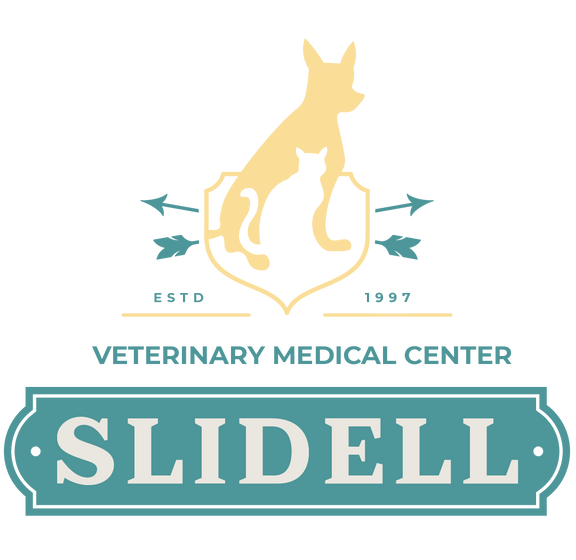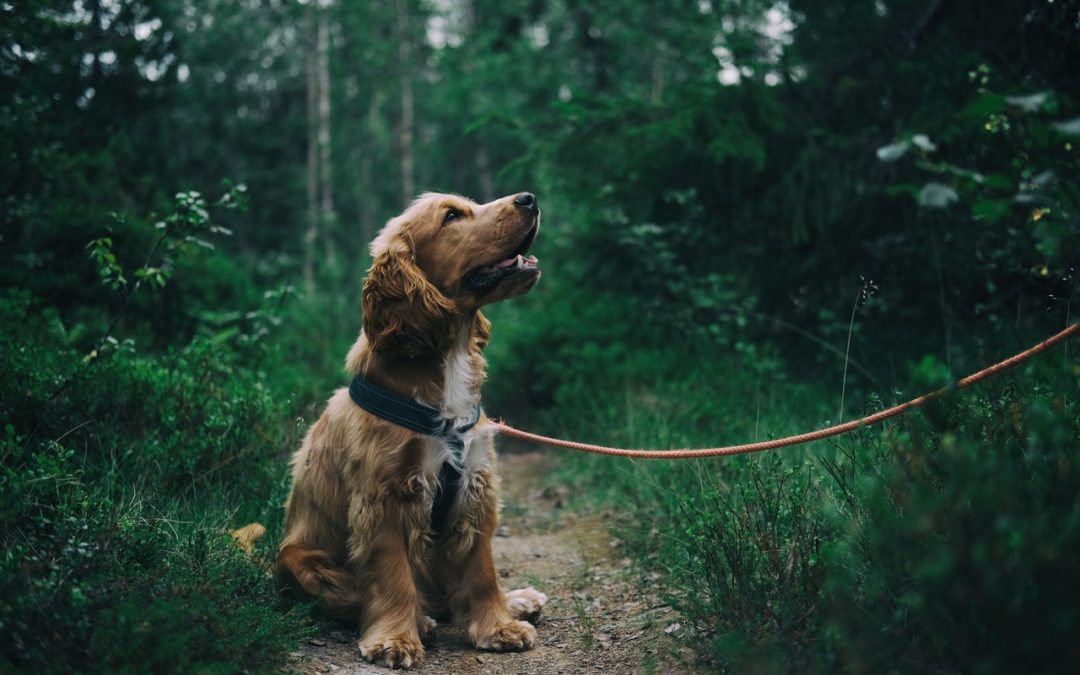“Dennis is on his way in with some kind of bloody ooze coming from his butt!” The announcement from my receptionist set me in motion, getting the exam room ready to evaluate the problem. Could it be a case of projectile bloody diarrhea, rectal hemorrhage, or something worse? All possible considerations, for sure, but I had another thought in mind.
In due time Dennis and his owner arrived, with much fanfare. Normally a noble, proud Great Dane, Dennis on this visit projected an heir of embarrassment. Physically he appeared fine, but the diapers, plastic wrap, and duct tape around his entire rear end seemed to be causing him as much distress as whatever was underneath. Once the package was unwrapped and the distinctive smell, a combination of skunk spray and rotting shrimp, hit my nose, I knew my instinct had been right regarding Dennis’s condition.
“I’m glad you brought Dennis in,” I told his owner. “Ever heard of anal sacs?”
After an initial misunderstanding, the result of the fact that “anal sacs” sounds a lot like “anal…”, well, you know… I explained to my flustered, blushing client the nature of Dennis’s problem.
Back in the treatment room, I started methodically flushing and cleaning the open wound next to Dennis’s rectum. The right anal gland had indeed abscessed and ruptured. Despite my best efforts, bloody, foul-smelling secretions spattered all over my hair and shirt. It could’ve been worse: I’d had the foresight to put on a scrub shirt and exam gloves, and it doesn’t take long for anyone working in a veterinary office to learn the cardinal rule of anal sacs: when one is working on them, one keeps one’s mouth closed. After his wound had been cleaned and treated, a sense of dignified relief washed over Denis’s noble face, and his tail wagged vigorously for having survived this indignity. Dennis made a full recovery, and now he comes in regularly to have his anal glands expressed.
Anal glands are scent glands, one located on either side of a dog or cat’s rectum, under the skin and buried in the muscles that form the anal sphincter. Technically, the accurate term is anal sac, and microscopic glands line the inside of the sac, but the terms anal glands and anal sacs are used pretty much interchangeably. Either way, the normal secretions inside are usually brownish, with the consistency of water, or a bit thicker. When your pet has a bowel movement, the passing stool and muscle contractions apply pressure to these glands. This pressure causes a bit of the liquid secretion to be released through tiny ducts and openings in the skin, for scent-marking purposes. In skunks, the anal glands are used actively as a potent defense mechanism, one which we all know to avoid. For dogs, it’s a passive process.
The inner workings of healthy anal glands are hidden, and except for the occasional accidental leakage, with accompanying odor and mess, you may not even know they exist. Usually, the only indication of their presence comes when dogs sniff one another’s butt. In those instances, they are exchanging scents much like we exchange handshakes or business cards. Occasionally, though, these small, smelly organs can cause some large issues. Anal sac diseases tend to occur more frequently in smaller breeds, but they can happen to any dog (ask Dennis).
Signs that your dog may be experiencing anal gland problems include scooting and butt dragging, licking and biting of the rectal area, discoloration or loss of hair under the tail, difficulty passing a bowel movement, circling or posturing strangely, crying out for no apparent reason, and swelling or redness next to the anus. These signs can signal one of the following problems.
Impaction
The secretions inside the gland usually exit from a small duct that opens adjacent to the anus. If the orifice becomes blocked or too inflamed to allow effective emptying, we have an impacted anal sac. The retained secretions may change from a liquid consistency to a thickened peanut butter-like goo (food analogies are the best). The gland fills and stretches, causing discomfort. This is the point when you may see your pet scooting and rubbing her butt along the floor. If you are lucky enough to have a white carpet, invariably you will find brown streaks crisscrossing it. If this is just an occasional dance that your pet does, there’s probably nothing to be alarmed about. Most pets can empty their anal glands on their own, even if it takes a little extra effort. If there is licking and continual scooting, however, the anal glands should be checked by your veterinarian. Some pets require assistance despite their best scooting dance. This help can be in the form of regular veterinary anal gland expression, or surgical removal in chronic, recurrent cases.
Abscess Formation
If the anal gland stays impacted, infection and abscess can develop. It’s not the cleanest area of the dog’s body, after all. The secretions become pungent (to say the least) and sometimes tinged with blood. Because the duct opening is blocked, the infected contents of the sac reach critical mass, and the abscess ruptures out through the skin. This is painful for your pet, to say the least, and appears as a second hole next to the anus. The area can be swollen, inflamed, and ooze with pus and bloody anal gland secretions. The resulting smell can clear a room! Treatment varies but can involve clipping, cleaning, and flushing the affected area, and infusing medication into the wound. Antibiotics and pain medications are prescribed to ensure healing, and sometimes anesthesia and minor surgery may even be indicated
Cancer
Rarely, problems with the anal gland are due to something more serious. Aggressive tumors can arise in the anal gland and adjacent areas. If caught early, treatment options are available to increase the chance of survival. This is a different animal altogether.
At this point, you may be staring at your pet’s nether regions and glaring at your carpeting, wondering what you can do to avoid anal sac problems. Here are a few strategies:
Feed a Proper Diet: A high-quality food with adequate fiber levels helps keep defecation regular. Bowel movements of a good size may help apply pressure on those anal glands, thereby helping them empty regularly.
Manage Weight: Ensuring that your pet is at a healthy weight will minimize the risk of developing anal gland problems, among many other concerns. Obesity causes the glands to be surrounded by fat, making them empty less efficiently. Skin folds and rolls of fat can contribute to obstruction of the orifice.
Reduce Inflammation: If your pet has any food sensitivities or allergies, discuss treatment with your veterinarian. This could include a hypoallergenic diet, medication, and supplements to reduce inflammation within the body. This will aid the normal function of the anal glands, which are actually modified skin glands, not part of the digestive tract.
Express the anal glands regularly: If your pet’s anal glands are chronically impacted or abscessed, regularly scheduled visits to have them expressed may be warranted, or at least going in as soon as you see your dog scooting. During these times, the anal glands are emptied before they become diseased. Groomers also express the glands, but most don’t do it as completely as veterinarians or their trained technicians. And even those pet owners who groom their own pets, or trim their toenails, usually draw the line at expressing anal sacs as a DYI project. Leave this one to the pros
Dennis’s owner jokingly offered to buy me a new scrub top for my troubles. Luckily, the stench of the anal gland episode would fad after multiple rounds of laundering. We continued to monitor the big man’s hind end, and I’m happy to report that everything healed up nicely. Exploding anal glands are a literal pain in the butt, but with a bit of prevention, luck, and timely veterinary care, most pets can keep anal sac troubles at bay. And your vet, if she’s smart, will keep a ready supply of scrub tops or spare lab coats handy.

